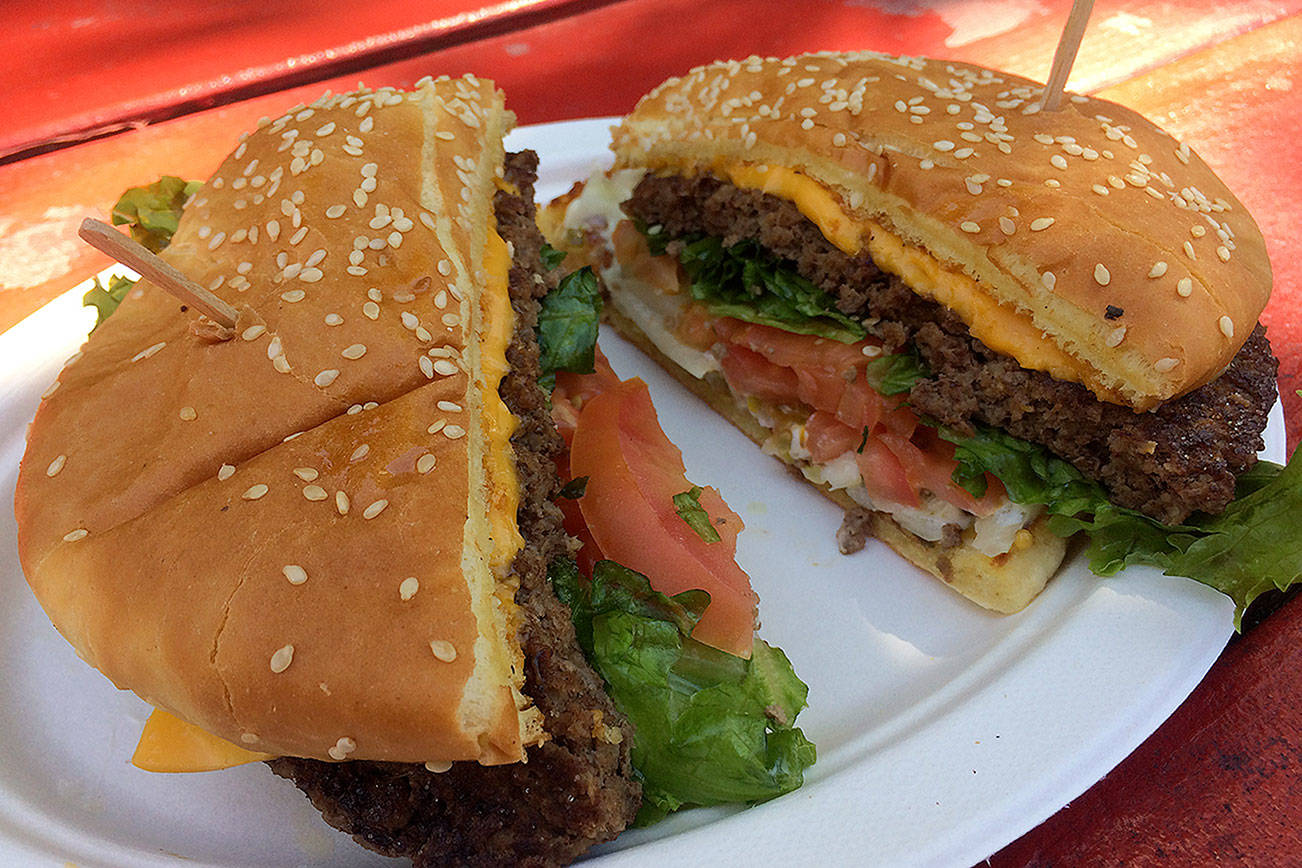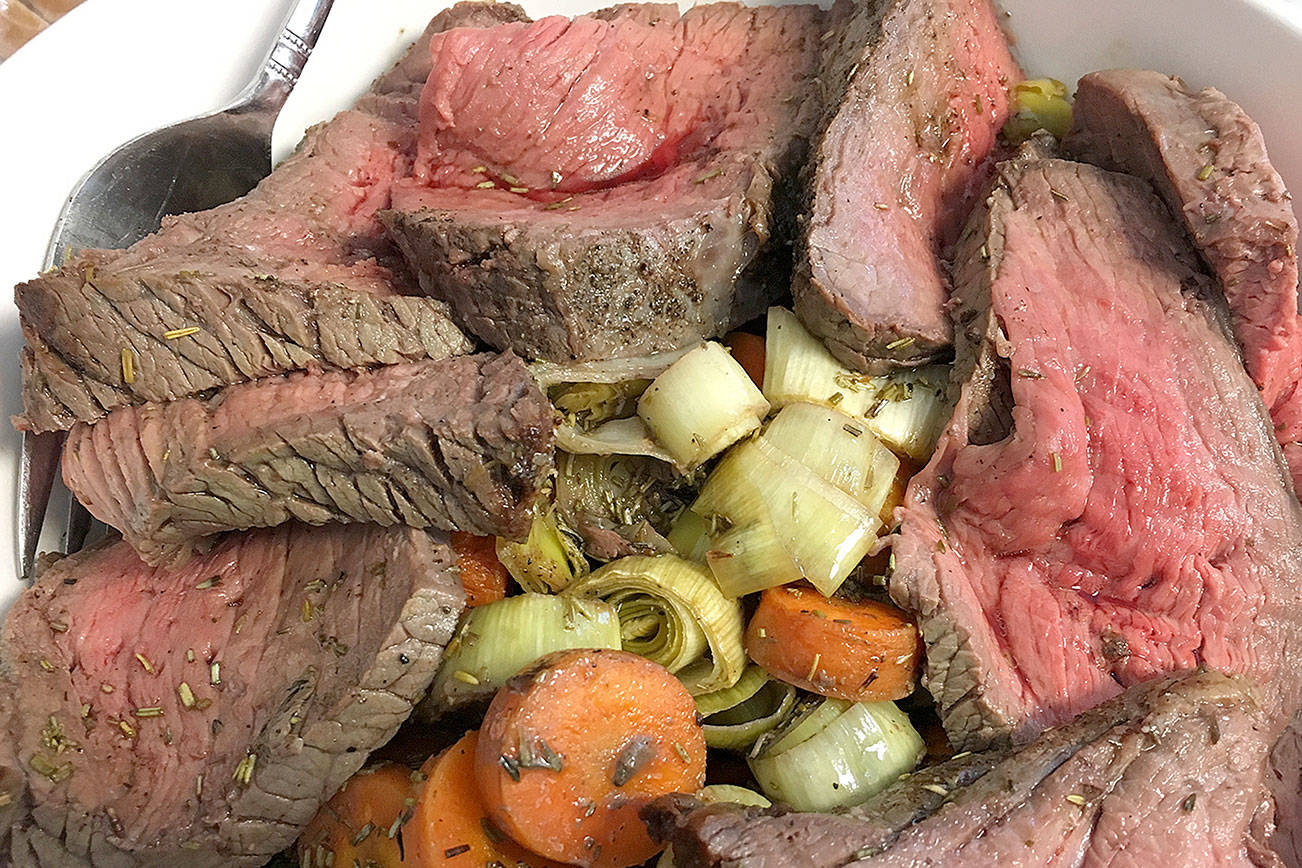It’s undeniably fall, with leaves everywhere, the signature gray gloom, and just about everyone’s thoughts turning to cozy sweaters, fireplaces, and the bounty of the season. For most people, the fall harvest means apples and pumpkins for pies. For me, though? Skip the crust—I just want to know how you can ferment them!
While pumpkin beer can be the perfect drink for a cold, dark fall afternoon, apple cider is more about a stroll down a leaf-strewn country road: crisp, clean, and refreshing. The common misconception is that hard ciders are sweet just like non-alcoholic ones, but in fact most of the best ciders have a brisk acidity and a pleasant dryness that just gives a hint of apple fruit without overwhelming the palate with too much sugar.
The delights of drinking cider are manifold, but for me several stand out. The first is the opportunity to drink as simple an alcoholic beverage as there is. While of course there are exceptions, many ciders consist of little more than fermented apple (or pear, cherry, apricot, etc.) juice and some water. Unlike beer, which is the confluence of multiple grains, hops, and possibly malt, or wine, which is often influenced by the vessel in which it’s aged, ciders tend to be solely about the quality and type of fruit that goes into them.
Cider is also an essential part of American history. It was often the main drink of pioneers, frontiersmen, and settlers, as it was safer and more potable than water. It took advantage of the vast array of apple trees planted and disseminated by John Chapman (better known as Johnny Appleseed) and others. It also helped establish Americans as different from their European forebears, even sometimes to ill effect. Despite its status as an occasional indulgence, it was once among the most common beverages in the country.
Of course in the Pacific Northwest we have an almost endless bounty of apples, so it’s little surprise that a number of different ciders are made in the area. A personal favorite is the Wild Washington apple cider from Tieton Cider Works in Yakima. With a wealth of interesting tropical notes and a pronounced minerality, it makes an interesting wine replacement with pork or cheese courses.
Blurring the line between cider and beer are dry-hopped ciders. As in beer, hops are added during the fermentation process to give the cider a slightly bitter flavor and a more pronounced florality—especially useful when, on its own, the cider might be sweeter than desired. Finnriver Farm & Cidery in Chimacum on the Olympic Peninsula does a very nice job with their Dry Hopped Cider.
While pumpkin beer doesn’t have quite the same connection to American history, geographically it’s an even more essentially American drink. Pumpkins (and all other squashes) are native to the Americas, but it wasn’t until the arrival of European brewing techniques that anyone really made a pumpkin beer. Because they can include almost any style of beer, wildly different amounts of pumpkin, and differing levels of sweetness, richness, and spice, there’s probably a pumpkin beer out there for almost any drinker.
In most cases, brewers add pumpkin at some point in the fermentation process, along with a host of spices that we associate with pumpkin pie: nutmeg, clove, cinnamon, allspice, and a bunch of others. In fact, some rely on just those spices to flavor the beer, leaving the pumpkin itself out altogether.
Going relatively light on the pumpkin and spices and using a lighter beer as the base will give you a crisper, clean-tasting pumpkin ale, like the Fall Hornin’ from California’s Anderson Valley Brewing Co. or Elysian Brewing’s Night Owl. Both measure around six percent ABV (alcohol by volume), making them suitable for a fall picnic in the woods.
On the other hand, if you’re lavish with the pumpkin and spices and start with a porter or stout, you wind up with a kind of beer that will comfort in the midst of a raging windstorm. For me, Pike Brewing’s Harvest Harlot, deep and rich with a wealth of spices and sweet vanilla notes on display, is the perfect beer for wrapping myself in a blanket, staring at the drizzling rain, and being really glad that I didn’t have any greater ambition today than taking a nap.
thebarcode@seattleweekly.com
For more information on this season’s apples, check out our
Voracious blog
.
To find out which wines pair best with apple preparations, check out last week’s Bar Code
here.






